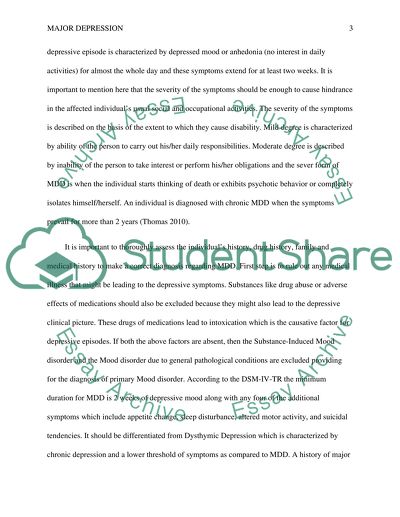Cite this document
(“Major Depression Research Paper Example | Topics and Well Written Essays - 1250 words”, n.d.)
Major Depression Research Paper Example | Topics and Well Written Essays - 1250 words. Retrieved from https://studentshare.org/psychology/1447492-major-depression
Major Depression Research Paper Example | Topics and Well Written Essays - 1250 words. Retrieved from https://studentshare.org/psychology/1447492-major-depression
(Major Depression Research Paper Example | Topics and Well Written Essays - 1250 Words)
Major Depression Research Paper Example | Topics and Well Written Essays - 1250 Words. https://studentshare.org/psychology/1447492-major-depression.
Major Depression Research Paper Example | Topics and Well Written Essays - 1250 Words. https://studentshare.org/psychology/1447492-major-depression.
“Major Depression Research Paper Example | Topics and Well Written Essays - 1250 Words”, n.d. https://studentshare.org/psychology/1447492-major-depression.


